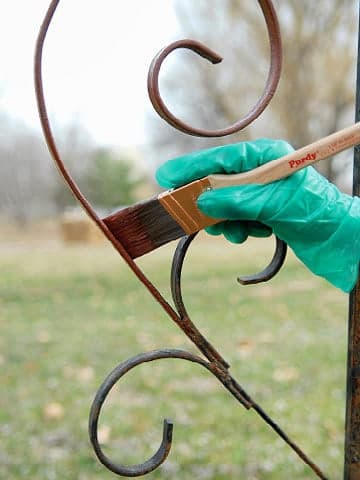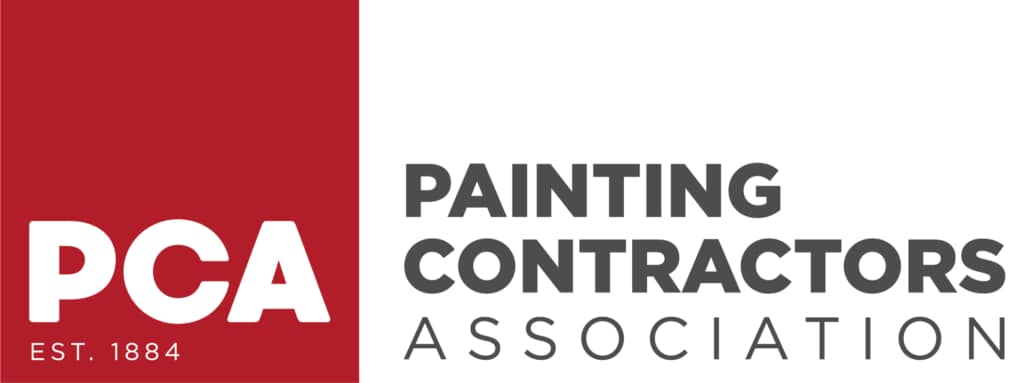Painting Iron Surfaces
Painting onto metal is one of the most challenging works in the paint industry. Usually, the metal is iron, and it can be either steel, galvanized steel or wrought iron. Again, the steel can be old or new. Even though steel is usually a rust-resistant alloy, being in use for many years does make it vulnerable to rusting. Painting techniques are different for the new and the old. Ultimately, it all depends on the condition of the iron’s surface.
Painting a galvanized iron surface
The zinc coating allows some abrasion to serve as anchor points to hold the paint.
- Nevertheless, primer should be always used to fortify the anchoring of the top coat.
- Using the right primer is also vital. Oil-based products react with the zinc and show signs of flaking from the surface. Water-based acrylic galvanized primer is the best product.
- Over it, the painter can use either oil-based or latex paints. However, for safety and environmental concerns from VOCs, polymer paints should be preferred over the oil-based ones.
- The painter should confirm whether the galvanized surface contains chromate. Manufacturers add chromate to prevent ‘white rust’ during storage, but this chemical can show passivity with the applied paint. If chromate testing results are positive, you need to add an extra coat or primer to balance it.
Painting a rusty surface
This is one of the toughest painting tasks because professionals have to invest a lot of time into removing the rust first. Acid pickling and abrasive blast cleaning are advanced methods. Other techniques include the traditional wire brushing, sandpaper scraping, and chipping. Before removing the rust, the right way is to add a rust remover such as phosphoric acid, tannic acid, or a deoxidine.
Once the prep is over, the painter applies a specific oil-based metal primer. Avoiding water-based products is important as water causes the rust to develop in the first place. You need to buy a thick oil-based paint, which is richer in solvent than the pigment.
Pigment salts in the paint also react with the vulnerable rusted area. Following the primer, dual coats of oil-based finish should be enough. The paint and primer should both mention on the can that they are rust-inhibitive. The technique is more or less the same as when you are painting a rusted wrought iron surface.
Iron surfaces are known for their toughness and structural strength. This also means that the corrosion on it is weakening the structure, which can be a potential safety hazard. The paint job offers an extra layer of protection when the surface is beginning to show the first signs of rusting.





